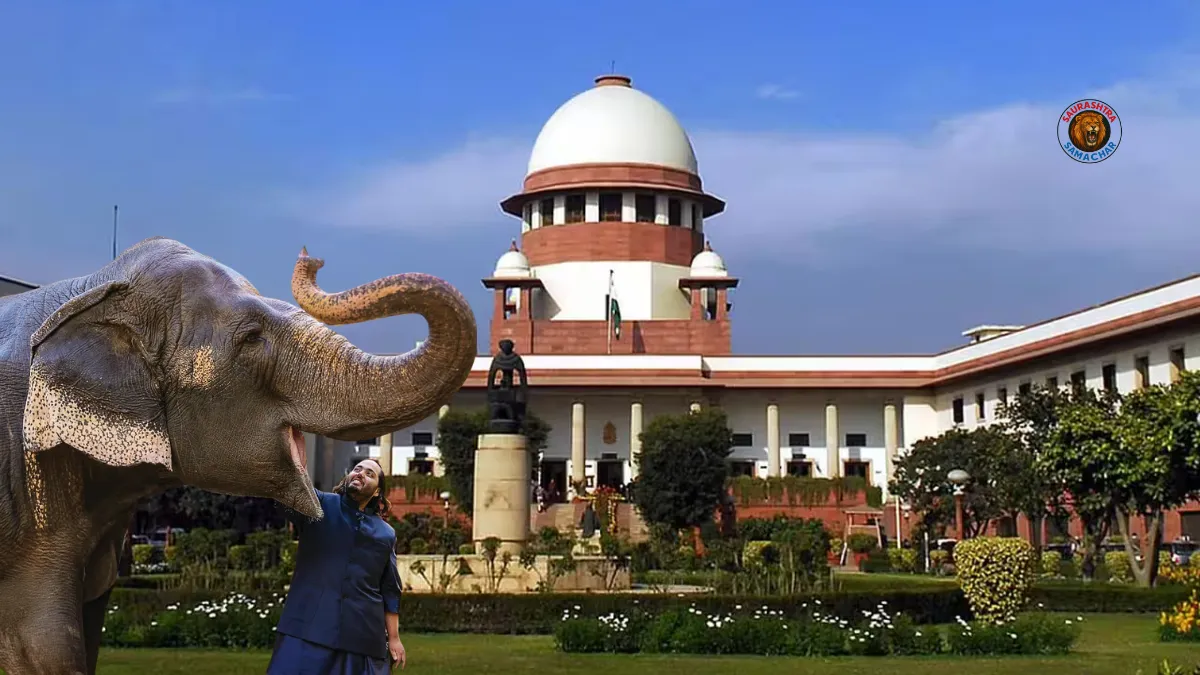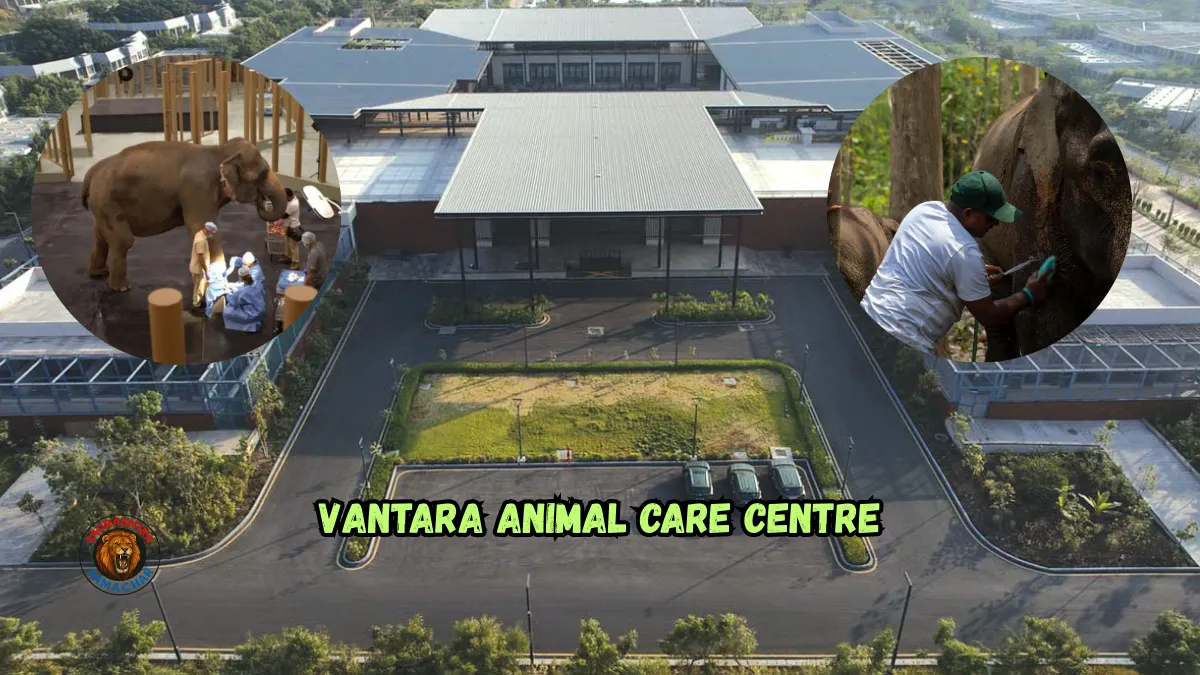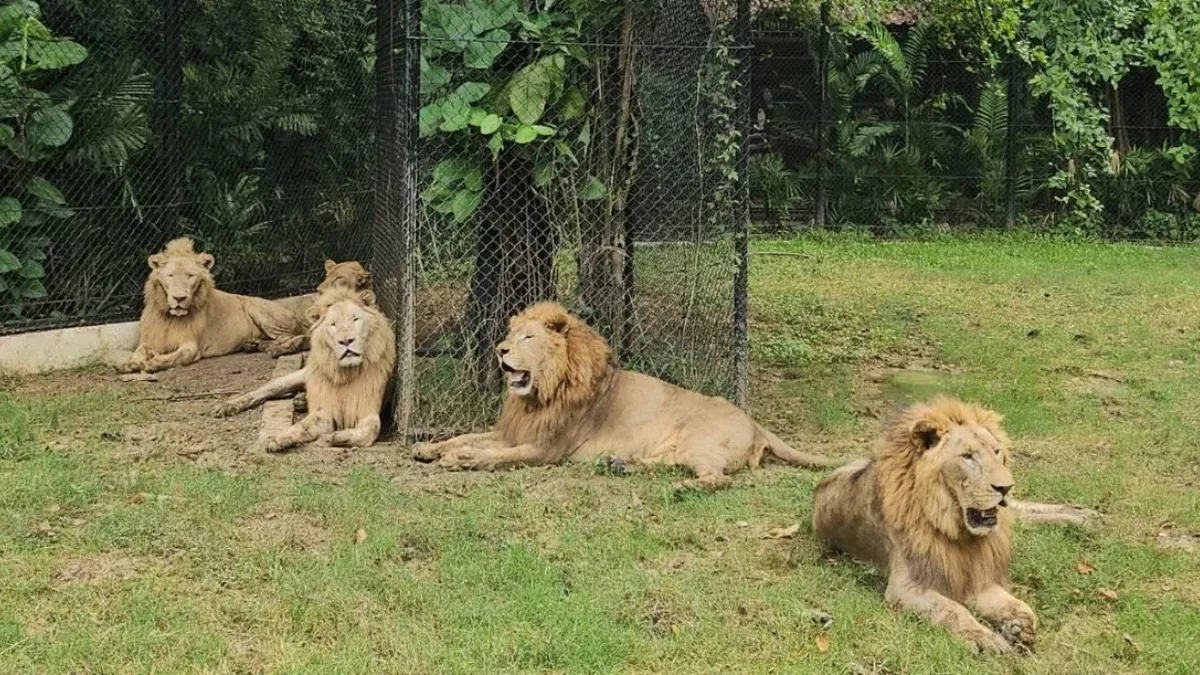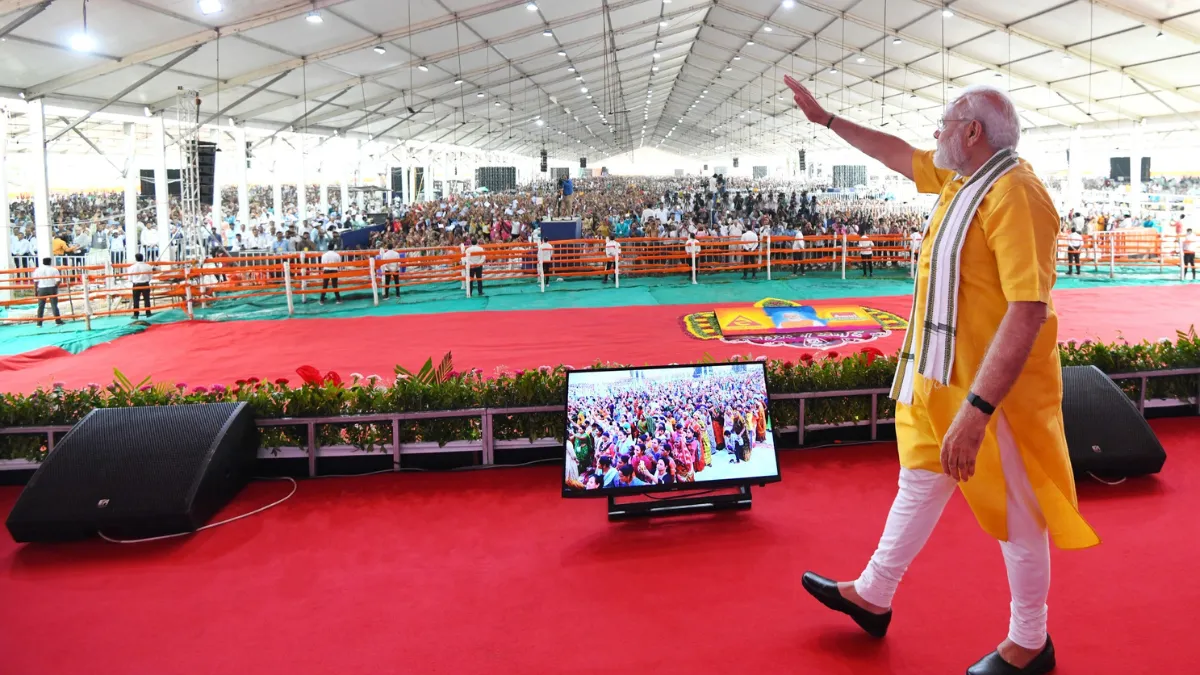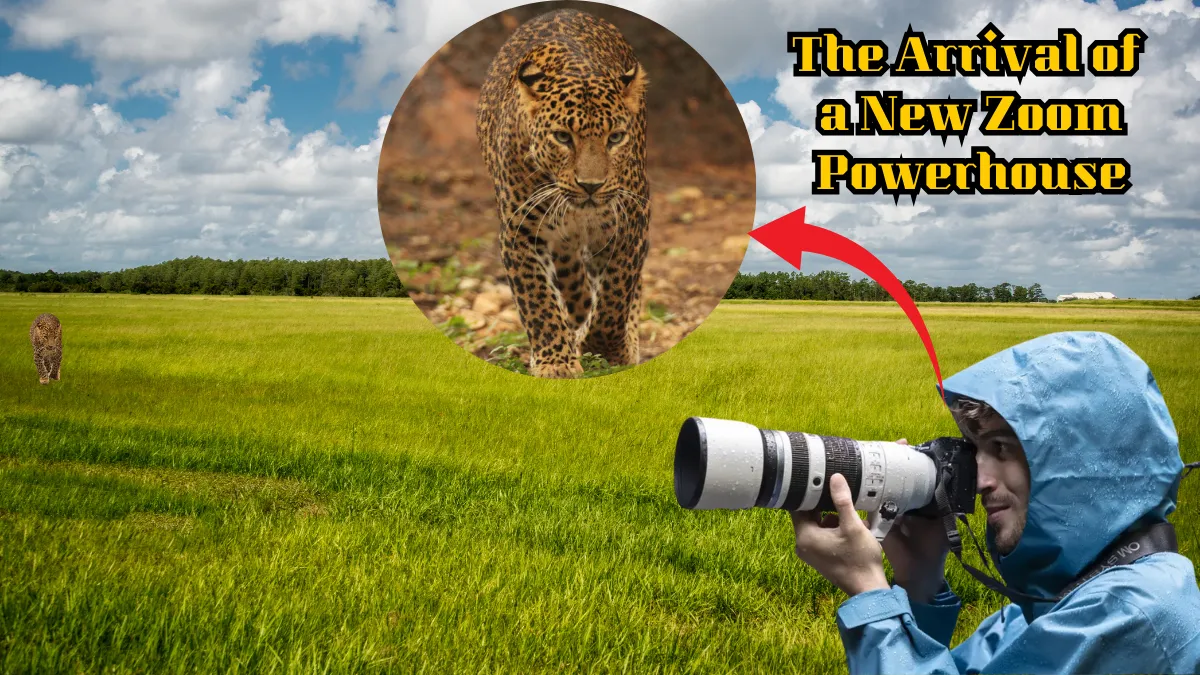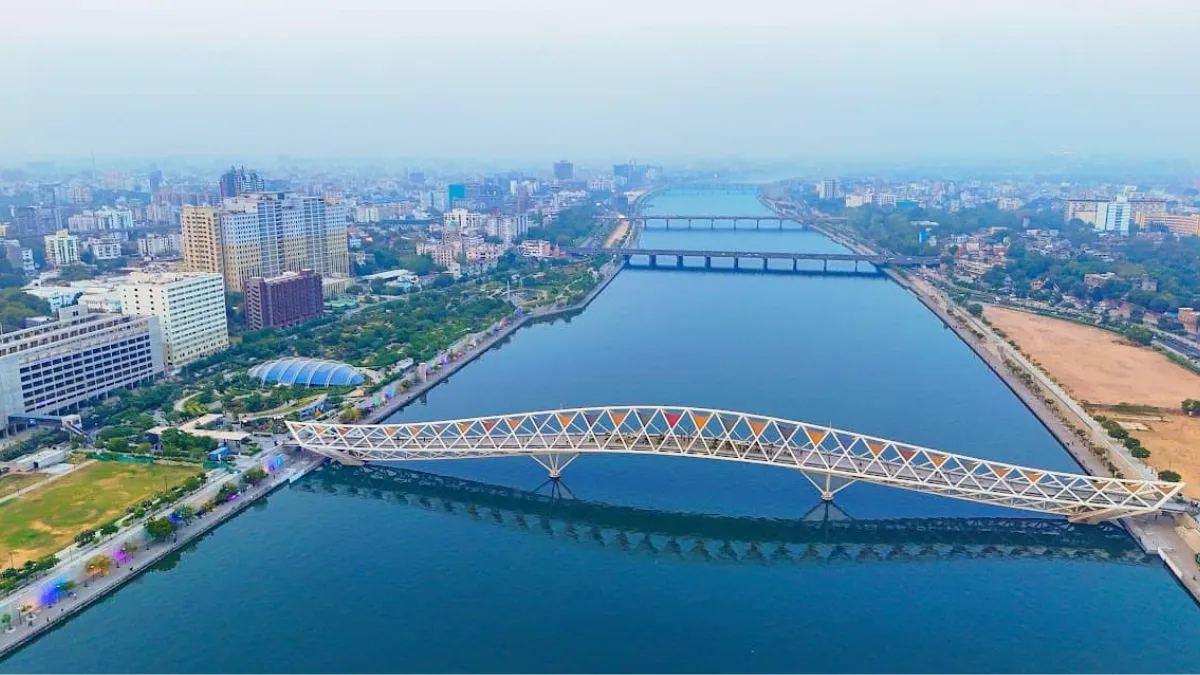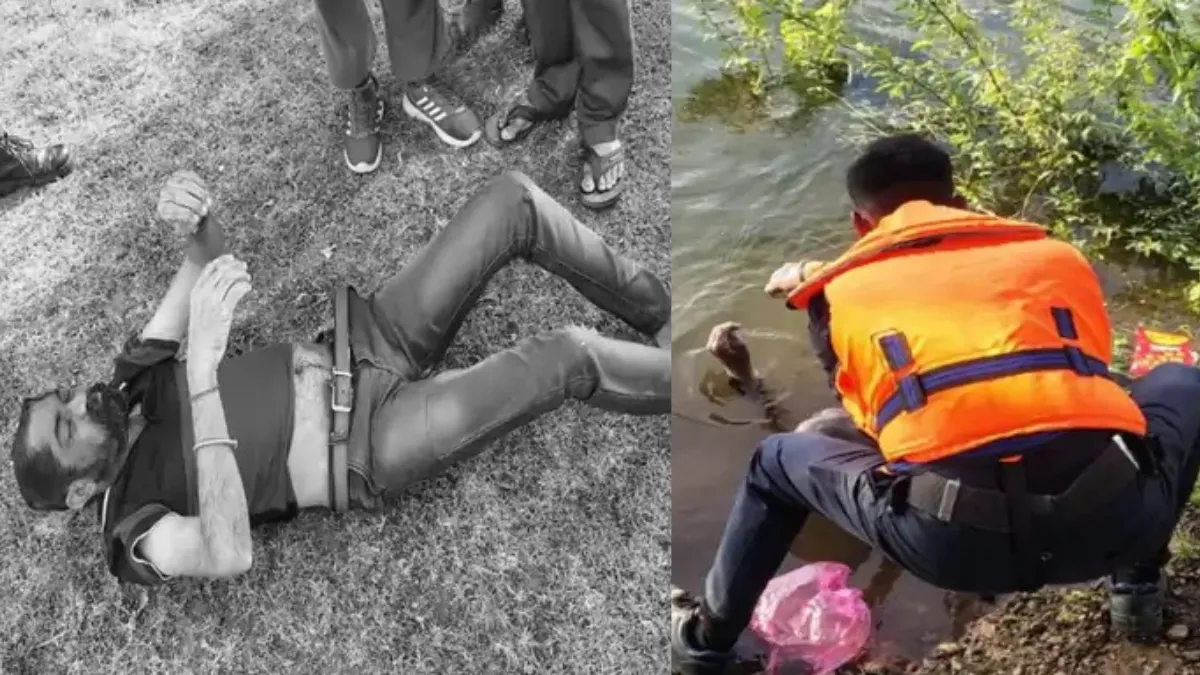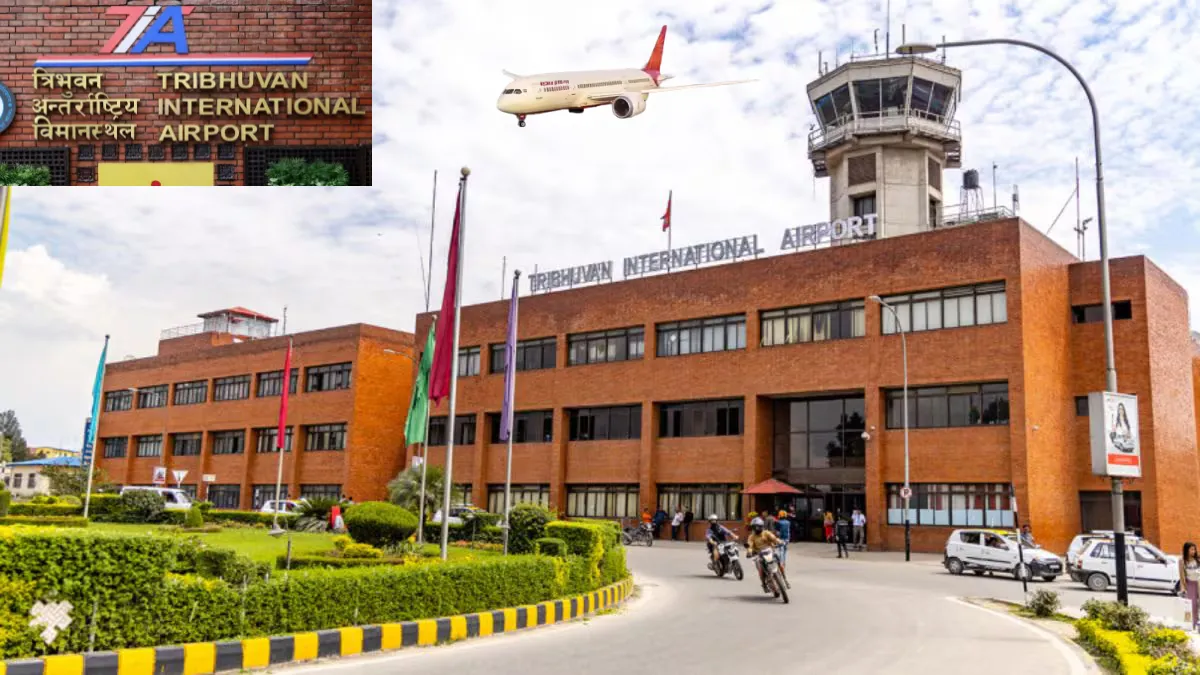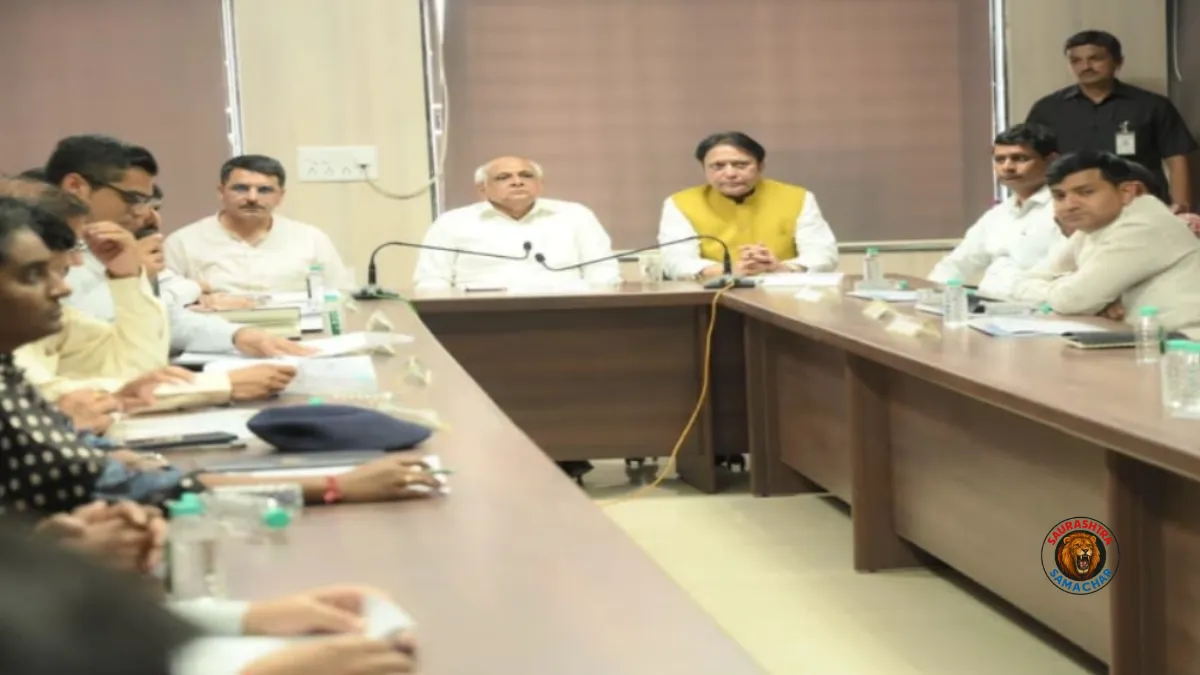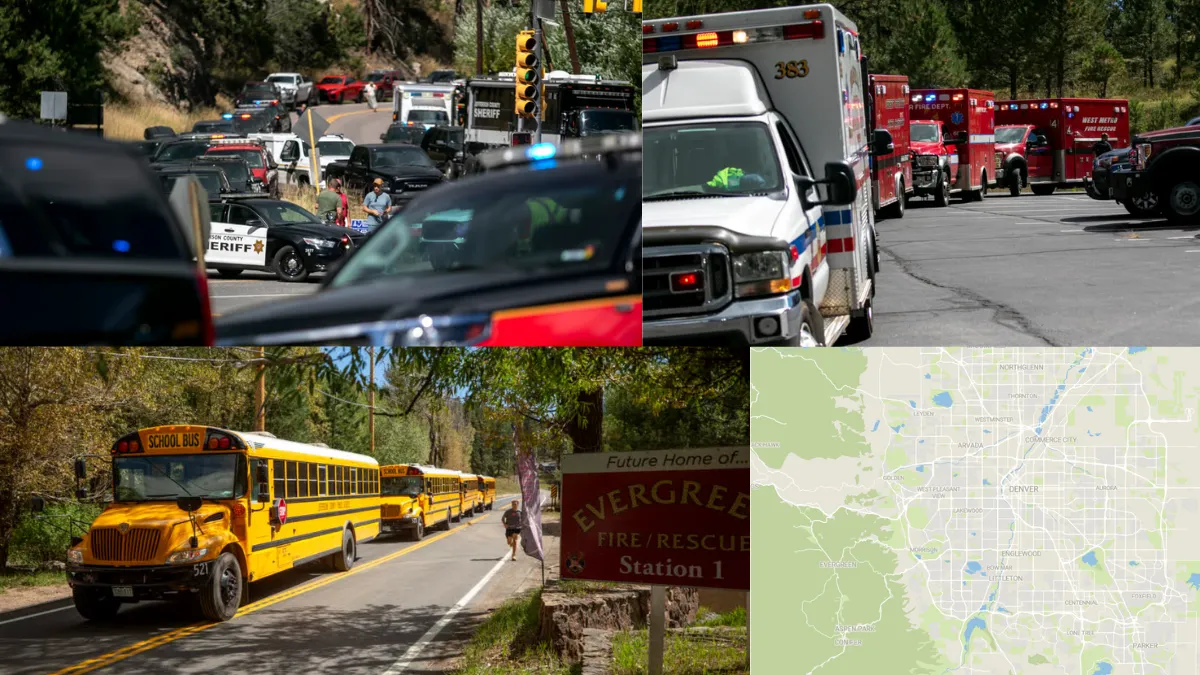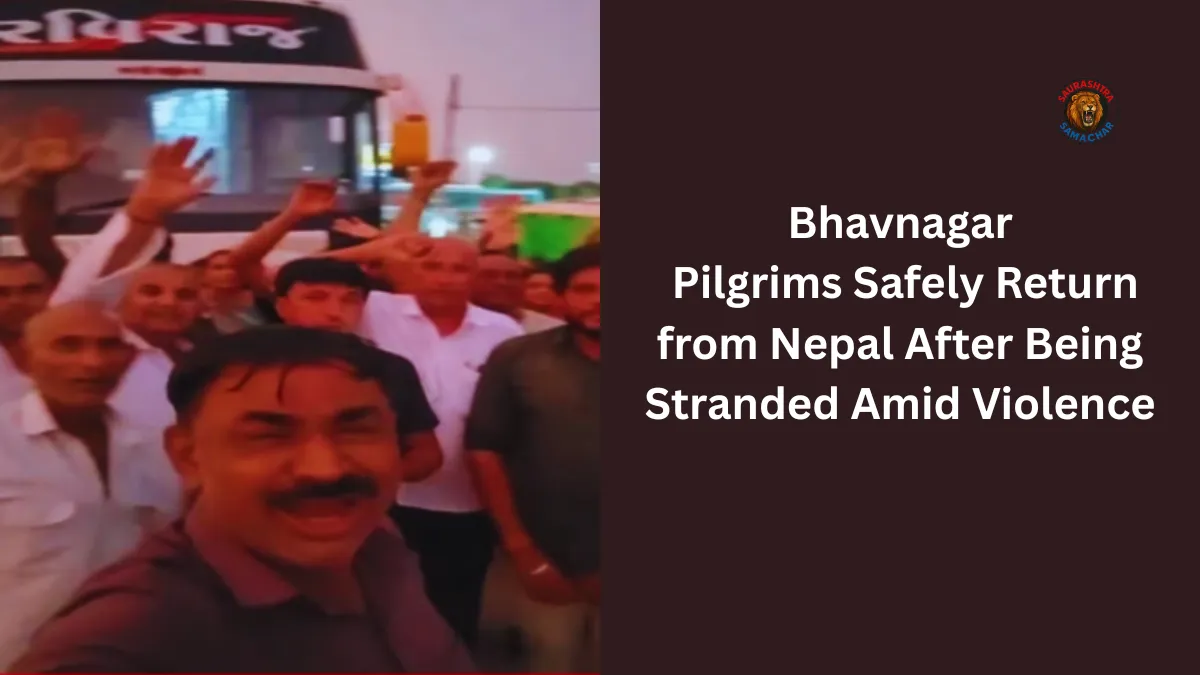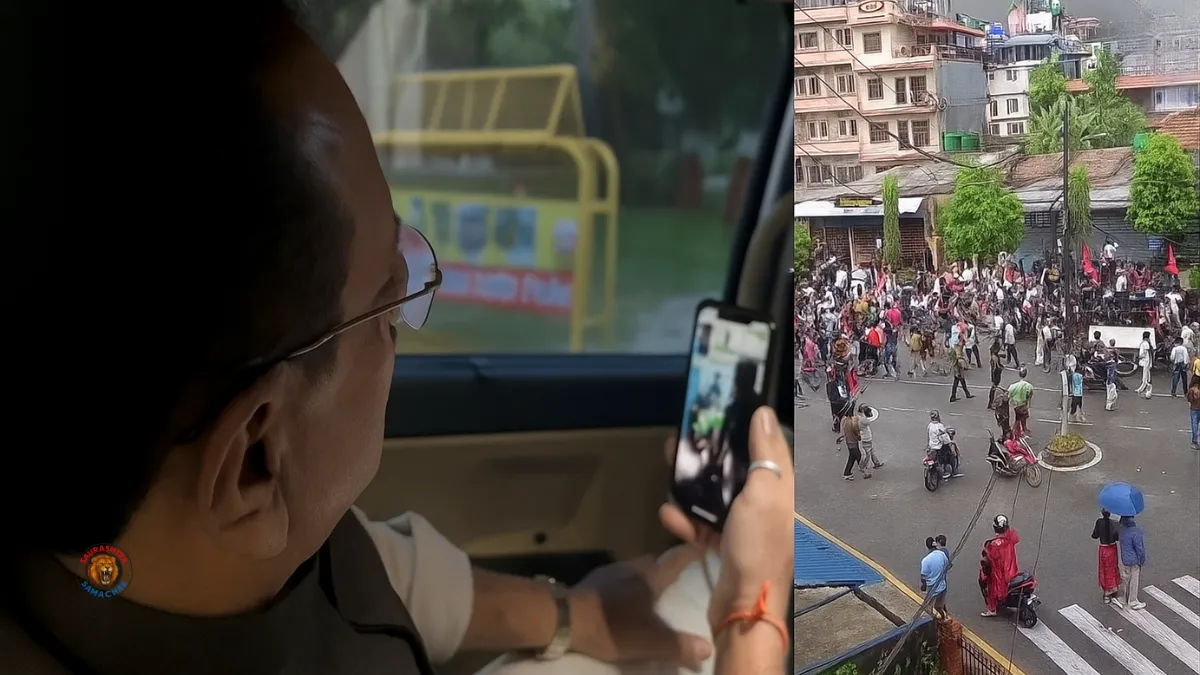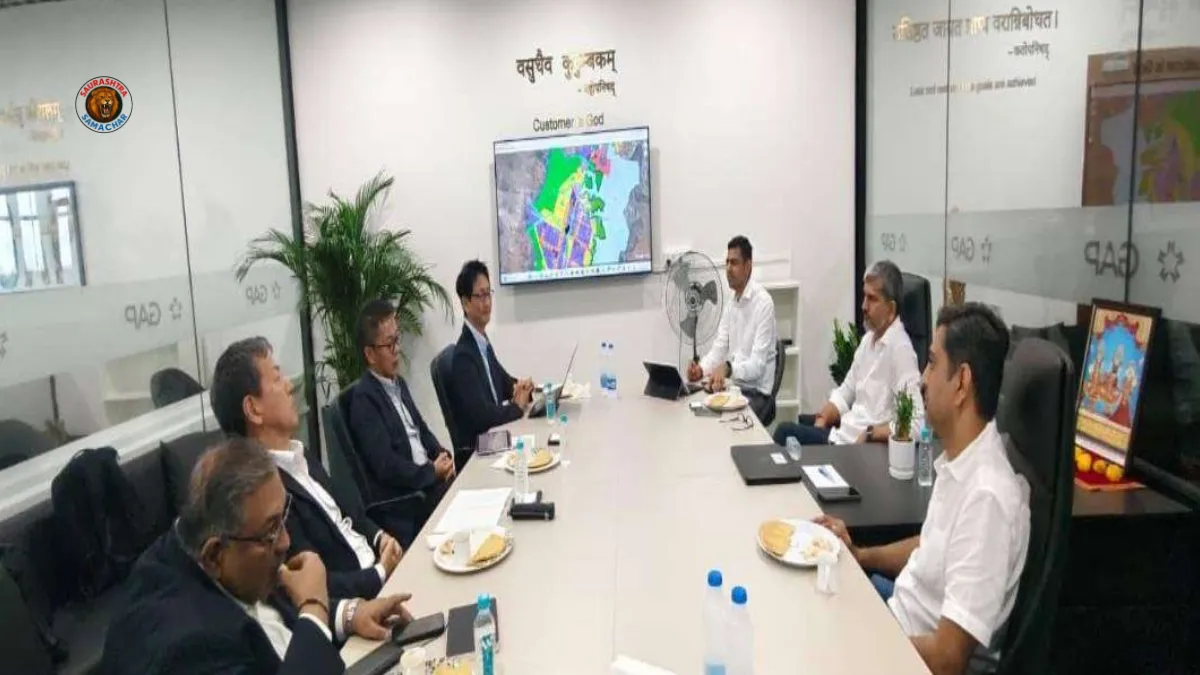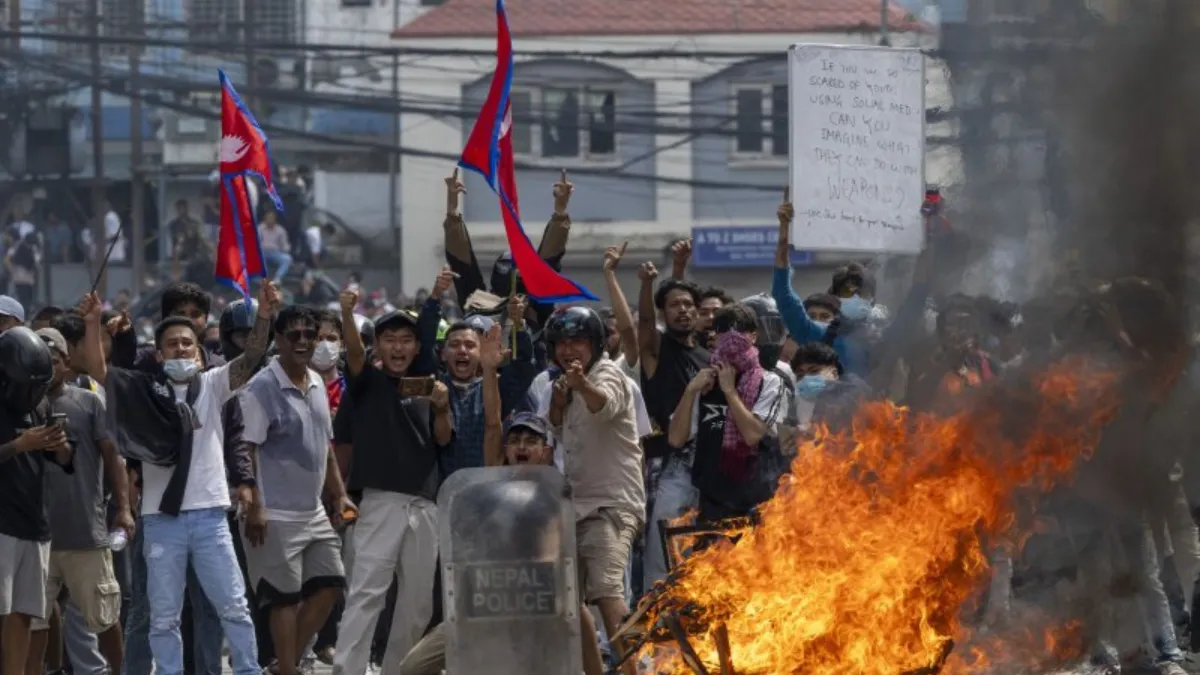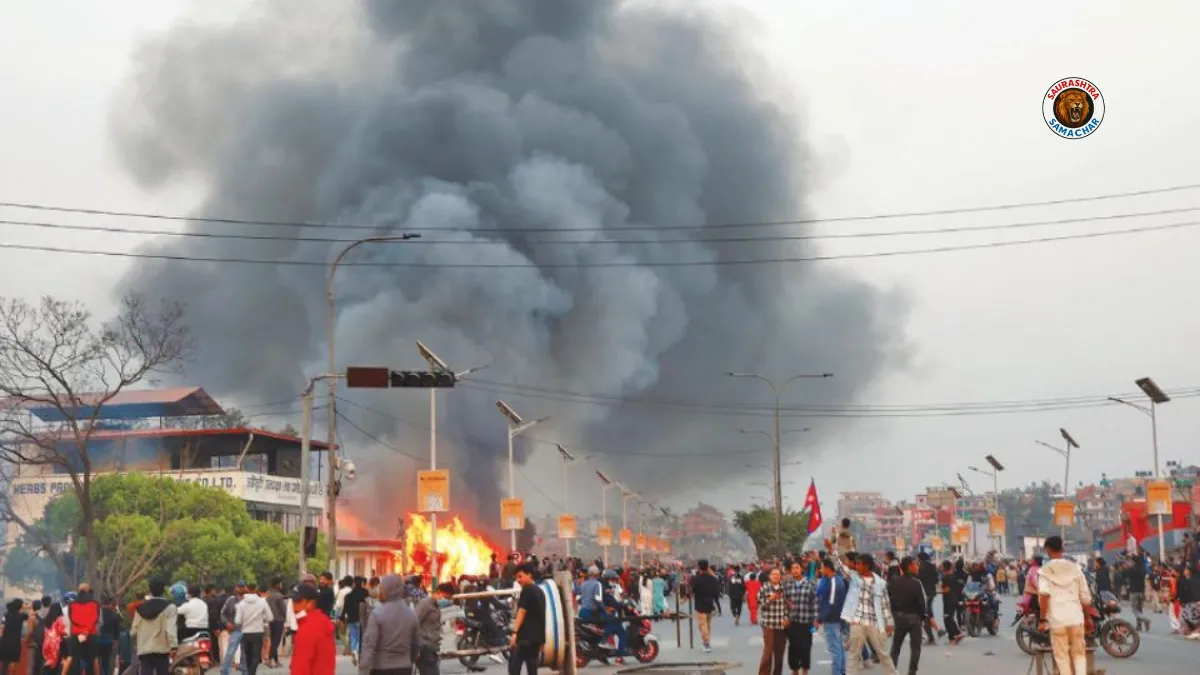SIT Inquiring Allegations Against: The Supreme Court has accepted a sealed report from the Special Investigation Team (SIT) inquiring allegations against Vantara, the wildlife rescue and rehabilitation project in Jamnagar. The SIT investigated animal acquisition, wildlife law compliance, conservation standards, and financial issues.
Sealed SIT Report Submitted to Supreme Court
The Supreme Court of India has officially recorded the submission of a sealed cover report by the Special Investigation Team (SIT) inquiring allegations against Vantara, the massive wildlife rescue and rehabilitation initiative located in Jamnagar, Gujarat. The fact-finding committee had been set up by the apex court on August 25, with the mandate to examine serious concerns about animal transfers, international conventions, and compliance with the Wildlife (Protection) Act of 1972.
On Friday, a bench consisting of Justice Pankaj Mithal and Justice Prasanna B. Varale confirmed that the SIT’s sealed document had been “accepted and placed on record.” The judges clarified that the purpose of the report was not to pass a judgment immediately but to provide the court with reliable facts for future directions.
Why the SIT Was Formed
The order to form an SIT came after two Public Interest Litigations (PILs) questioned the transfer of an elephant named Mahadevi from a temple in Kolhapur to Vantara in July. Concerns grew over whether such acquisitions followed due legal process and whether rescued wildlife was being managed responsibly.
The Supreme Court decided that a neutral body was necessary to inspect the project in detail. Under the leadership of former Supreme Court judge Justice J. Chelameswar, the SIT was empowered to conduct a complete review, covering everything from legal compliance to the actual living conditions of the animals inside the Jamnagar facility.
Who Was on the SIT Panel?
To ensure balance and credibility, the SIT panel brought together experts from both the legal and administrative sectors. Its members included:
- Justice Raghavendra Chauhan, former Chief Justice of the Uttarakhand and Telangana High Courts
- Hemant Nagrale, former Commissioner of Mumbai Police
- Anish Gupta, Additional Commissioner of Customs
This team was instructed to physically visit Vantara, inspect facilities, and provide a clear picture to the Supreme Court before September 12.
Focus Areas of the Investigation
The SIT inquiring allegations against Vantara was assigned a broad scope of responsibilities. These were not limited to elephants but covered all aspects of wildlife acquisition, care, and law enforcement. Among the main areas investigated were:
- Legality of acquiring animals from India and abroad
- Compliance with the Wildlife (Protection) Act, 1972 and zoo regulations
- Adherence to the Convention on International Trade in Endangered Species of Wild Fauna and Flora (CITES)
- Standards of veterinary care and animal husbandry
- Causes of mortality and proper maintenance of records
The inquiry also extended beyond animal welfare to environmental and financial dimensions of the project.
Environmental and Location Concerns
The Supreme Court also asked the SIT to probe whether the sanctuary’s proximity to an industrial zone could create unfavorable climatic conditions for the animals. Allegations of Vantara being developed as a vanity collection instead of a true conservation effort were also brought under review.
The SIT explored issues such as:
- Authenticity of breeding and conservation programs
- Usage of biodiversity resources
- Management of water and carbon credits
- Potential misuse of the facility for private interests
These factors were crucial to determine if Vantara was operating as a genuine conservation project or serving other purposes.
Financial and Trade-Related Issues
In addition to ecological aspects, the SIT investigated financial allegations. This included examining compliance with taxation, money flow, and possible misuse of funds. Questions around trade in animals, animal articles, wildlife smuggling, and potential money laundering were also assessed.
The Gujarat Forest Department was directed by the Supreme Court to extend complete cooperation during the SIT’s inspections, ensuring transparency and access to relevant documents.
Role of the Court and Purpose of Inquiry
The apex court emphasized that the SIT’s assignment was strictly a fact-finding mission. It was not intended to declare Vantara guilty of any wrongdoing but to collect verified information.
The bench made it clear:
“This inquiry is meant to assist the court in understanding the real situation on the ground. Based on the evidence and findings of the SIT, the court will decide whether any further orders or corrective measures are required.”
This clarification ensured that the SIT’s role remained neutral and that its findings would simply guide the judicial process.
Larger Significance of the Case
Vantara is regarded as one of the most ambitious wildlife rescue efforts in India. Established by the Reliance Foundation, it spans thousands of acres and provides shelter to elephants and other species rescued from various conditions. Supporters praise its modern veterinary care, large habitats, and conservation potential. However, critics have expressed doubts about transparency, legal compliance, and ecological impact.
The fact that the Supreme Court itself commissioned a special inquiry highlights the seriousness of these concerns. It also reflects how wildlife conservation projects in India are increasingly coming under public and judicial scrutiny, especially when they involve international transfers of endangered species.
Also read: Vantara: Healing Wildlife and Restoring Earth’s Balance
What Lies Ahead?
With the sealed report now in the court’s possession, the next steps depend on the bench’s evaluation of its findings. The contents remain confidential for the time being, and no details have been made public.
The Supreme Court may, after reviewing the material, choose to order further investigations, impose regulatory directions, or clear Vantara of major allegations. Whatever the outcome, the case underscores the importance of balancing ambitious conservation initiatives with accountability, lawfulness, and ecological sensitivity.
Also read: Vantara: Healing Wildlife and Restoring Earth’s Balance
Conclusion
The submission of the SIT’s sealed report marks a milestone in the judicial review of Vantara. By commissioning an independent fact-finding mission, the Supreme Court has taken a proactive stance to ensure that wildlife rescue projects follow the law, maintain transparency, and prioritize animal welfare.
With the SIT inquiring allegations against Vantara across legal, environmental, and financial dimensions, the future of the Jamnagar facility will now be shaped by how the court interprets and acts upon the report. For India’s conservation landscape, the outcome of this case could set a precedent for how large-scale wildlife projects are monitored and regulated in the years to come.
